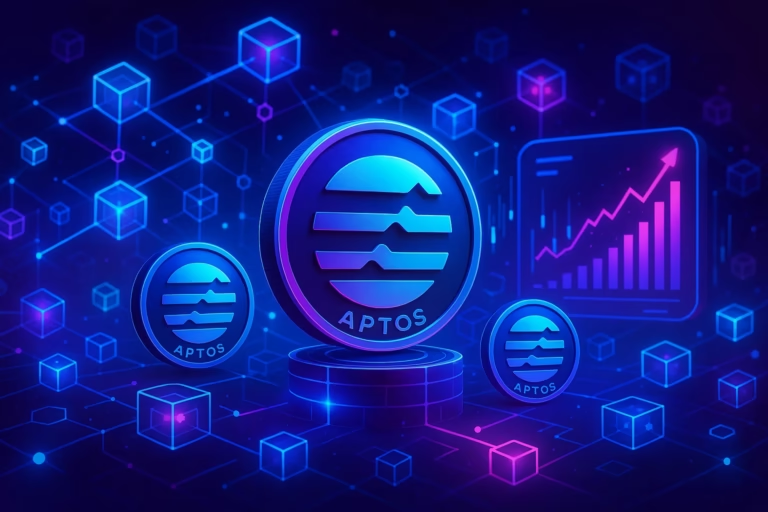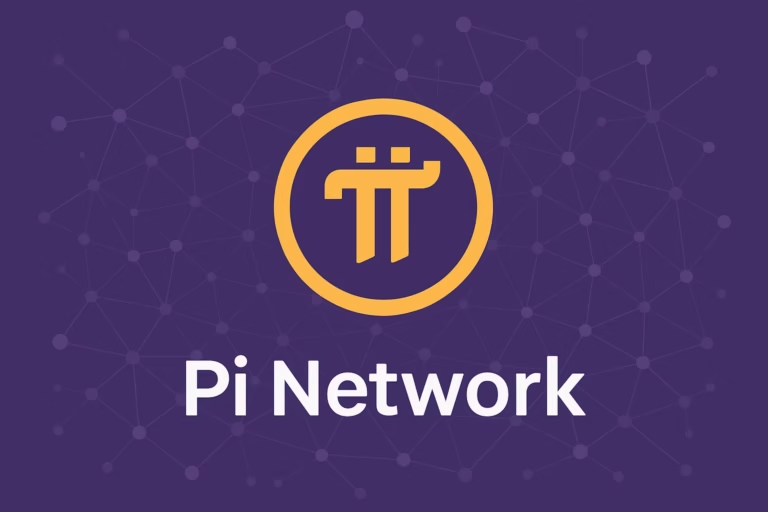
- Justin Bons, CIO of Cyber Capital, criticizes Cardano and Solana for inflating their TPS metrics, calling them misleading and far from realistic.
- He suggests using a more accurate metric, Outputs Per Second (OPS), to better reflect network capacity and performance.
Justin Bons, founder and CIO of Cyber Capital, recently called out Cardano (ADA) and Solana (SOL) for inflating their transactions per second (TPS) claims. In a series of posts on X (formerly Twitter), Bons labeled these blockchains as the “biggest offenders” for spreading misleading TPS figures that deviate from industry standards.
Breaking Down the TPS Misconception
Bons argues that Solana’s frequently touted 65,000 TPS is more of a marketing tactic than a realistic figure. He explains that, based on the network’s compute limit per block, the actual practical maximum is closer to 50,000 TPS. The limitation lies in cryptographic processes, particularly the EDDSA verification, which drastically reduces the achievable TPS from the theoretical highs often cited.
When it comes to Cardano, Bons is even more critical. The network advertises a maximum theoretical TPS of 477, but the reality is far less impressive. Considering Cardano’s block size and transaction configuration, the true capacity is closer to 18 TPS. “This is a clear instance where theoretical highs are mistaken for practical capacity,” Bons emphasizes, noting that the exaggerated figures do more harm than good in setting realistic expectations.
The Hidden Strategy Behind Inflated Metrics
A major criticism Bons raises is how these networks calculate TPS. He reveals that Cardano inflates its figures by counting multiple outputs from a single transaction as separate transactions. This practice, which Bons deems highly misleading, isn’t standard across most blockchains. “It’s disingenuous to count outputs as individual transactions; this artificially boosts the TPS numbers,” Bons argues.
To address this inconsistency, he suggests introducing a new metric—Outputs Per Second (OPS)—to provide a more accurate reflection of a network’s capacity.
Real-World Usage Tells a Different Story
Bons didn’t just focus on theoretical limits; he also pointed out the disparity between marketed capabilities and actual usage. According to him, Solana’s real TPS is around 739, while Cardano’s is a mere 0.4. These figures highlight how disconnected the platforms’ claims are from reality.
Bons warns that misleading TPS metrics can deter users and developers, potentially hindering the broader adoption of these platforms. He concludes by urging the blockchain community to adopt higher standards of transparency. “What matters is having consistent and comparable TPS metrics across platforms to aid investors and users in making informed decisions,” Bons asserts.




